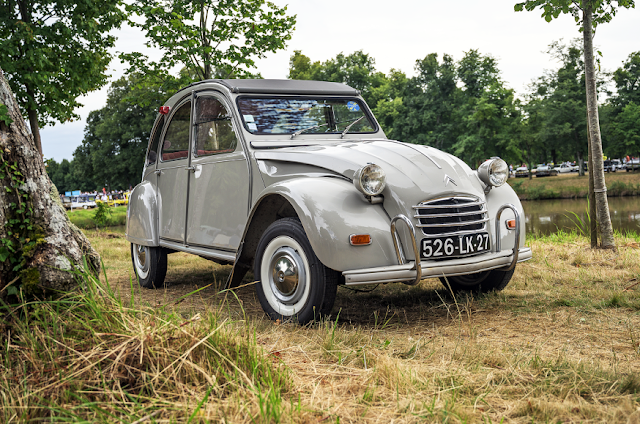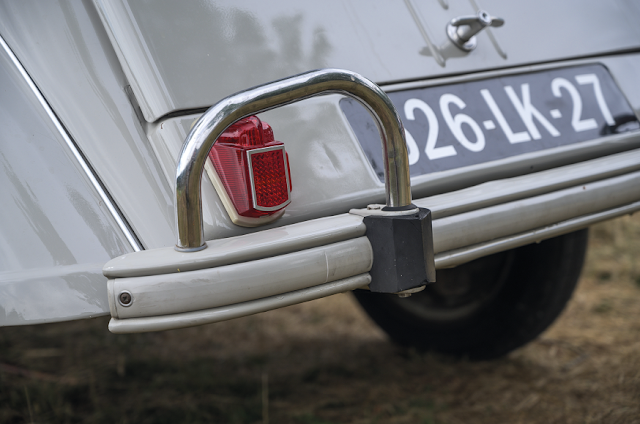Heinrich Himmler was not always the fearsome Reichsführer of the SS, one of the most responsible for the Holocaust and the architect of the extermination camps. There was a time when he was just a sensitive child whose stomach for eating too heavy a meal was ruining. The criminal lawyer Tania Crasnianski corroborates this in her work «Children of Nazis» , where she also defines him as a weak, short-sighted boy with a weak chin and who, as happened with many other Nazi leaders , had little to do with the Aryan ideal at the beginning of his days. What cannot be denied is that he adored order and chess and that his mother, who pampered him excessively, loved him madly.
During his childhood, Himmler's companions claimed that Himmler could not kill even an insect. Bitter nonsense knowing that he would be the conductor of Adolf Hitler during the Nazi Holocaust. In what they did hit, as the historian Peter Longerich reveals in his work "Heinrich Himmler: A Life" (OUP Oxford, 2011), is that he was obsessed with pleasing his teachers.
That desire led him to want to shine in his studies, so he abandoned sports (the foundation pillar of the future Third Reich) and accepted the task imposed by his father to spy on other students to obtain information about their families. All this caused him to earn a bad reputation that he dragged during his first years of life. In fact, Longerich dares to point out that his peers considered him almost stupid.
The report that his teachers made of him when he was just a child corroborates that, since he was old enough to go to school, his maxim was none other than studying to be well considered among his superiors: “He is a very capable student who works hard. tirelessly, has great ambition and has achieved top results in the class. His behavior is exemplary. Perhaps that idea was what led him to want to enlist in the army shortly before the end of the First World War, back in 1918.
Young Himmler dropped out of school and began his training, but was unable to fight on the front lines due to the end of the conflict. A thorn that would never be removed and that grew thicker when he was forced to work in a manure processing plant. Although that frustrated desire also left him with a great love for the martial world, the uniforms and the order that, years later (during the 1920s), would lead him to join the National Socialist German Workers' Party of Adolf Hitler and, ultimately , to be noble leader of the SS.
Abstinence
Nor was Himmler, at the time, a follower of the later theory promoted by the SS of fathering Aryan children who would become a sort of upper class that would repopulate the USSR. On the contrary, during his youth he defended sexual abstinence and avoided associating with women. The idea came to him after reading a work by Hans Wegener, "Young men like us", in which chastity was exposed as the highest virtue of man and was charged head-on against relationships outside of marriage, masturbation and prostitution . He also used to insist that his future was at stake and that he could not be distracted by a trifle like love.
That idea did not last long in his mind. After meeting Margarete Siegroth Boden, seven years his senior, Himmler gave vent to his interest in the female sex. This was corroborated by Katrin, his great-niece, in "Himmler according to correspondence with his wife": "Himmler's inexperience with women and his initial insecurity towards them soon diminished." After months of endless missives, the two married and had a little girl, Gudrun, in 1929.
Shortly after, and before the impossibility of having more children, they adopted the son of a deceased soldier of the already formed SS. However, they ended up sending him to boarding school because, as his mother wrote in her diary, he was "of a criminal nature", a liar and a thief.
At the end of the 1930s, after the rise of Nazism, little was left of that timid Himmler who advocated abstinence. After studying female sexuality, he became convinced that monogamy was a "work of Satan" invented by the Catholic Church and that it should be abolished. Consistent with his new theories, he separated from his wife informally and maintained a relationship with one of his secretaries, Hedwig Potthast. He had two children with him and, in 1942, he moved to another house with his new family. That destroyed his first wife. “This only happens to men when they become rich and famous. If not, the aging wives must help them feed and support them.
Occult and riches
According to the "United States Holocaust Memorial Museum", the rise of the SS and the faith that Hitler placed in him to orchestrate the Final Solution (the mass murder of Jews) turned him into an eccentric who saw himself as an emperor medieval. He was also carried away by his fascination for the occult arts and supported follies such as an expedition of Nazi scientists to Tibet to find the supposed origins of the Aryan race. All this, without counting his search for archaeological treasures that, he believed, had supernatural powers (some such as the Holy Grail, the Lance of Longinus or the Hammer of Thor).
The occult was his undoing. Obsessed as he was by the ancient Norse legends instilled in him by his father, Himmler acquired Wewelseburg Castle in the Paderborn region in 1934. This building, remodeled at the cost of thirteen million marks, became the spiritual center of Nazism, a kind of Camelot of the swastika.
In his work "Heinrich Himmler", the journalist Willi Frischauer (a witness to what happened in Hitler's Germany) stated that "no two months were the same" in the whole place, that he hired "the best artisans to make fine tapestries" or "Curtains of heavy brocade" and that "the doors were lined with precious stones and metals."
Himmler quickly got used to a life of luxury. This is clear, for example, in the correspondence he sent with his wife. While the rest of the Germans went through all kinds of deprivation, they enjoyed foie or caviar.
"My dear! Last night when I arrived, Mr. Baumert arrived at the same time with your beautiful roses and coffee, thank you very much. Also Mr. Wolff. Today we had a wonderful time, hopefully "they" [the English drivers] will not visit us again. Little doll got very hard at school. It is also a shame that she does not find a real friend at school. […] We still have a lot of caviar, shouldn't I give it? I don't have any boots of yours to give to the boot collection. Can't we send you something? A thousand hugs and greetings from the bottom of the heart, your M ».
Unworthy ending
After assuring his men that, when the time came, he would take responsibility for the actions perpetrated by the SS, he preferred to betray the Reich and tried to make a pact with the British and Americans behind Hitler's back. He was convinced that, with their help, a kind of transitional government could be created in Germany. But it did not help anything. In the end, the same hierarch who had orchestrated the systematic murder of millions of Jews and confirmed that he would never abandon the "Führer", tried by all means to save his life.
On May 10, 1945, after the Soviet takeover of Berlin, he left Flensburg with his henchmen disguised as a sergeant of the Geheime Feldpolizei (the secret police of the Wehrmacht).
Shortly after, on the 21st of that same month, the Allies captured him on a bridge located between Hamburg and Bremen. Trapped, he was just as cowardly as he had been in life. At first he tried to hide behind his new false identity. When the British discovered that he was the leader of the SS, they sent an intelligence colonel from headquarters to question him. Montgomery's subordinate Michael Murphy decided to humiliate him and put his sins in front of him. All this, after they had explored its cavities. On the 23rd, the officer showed him photographs of the concentration camp prisoners and beat him. Shortly after, and after realizing that there was no way out, Himmler bit into a cyanide capsule and committed suicide.
Perhaps the best way to define Himmler is the words used by Albert Speer, the Reich's minister of armaments: "Half schoolmaster, half nutty." A school teacher, because of his appearance and because, in addition to being methodical, he was extremely organized (two virtues that greatly captivated Hitler). Crazy, for everything else, which was a lot.























